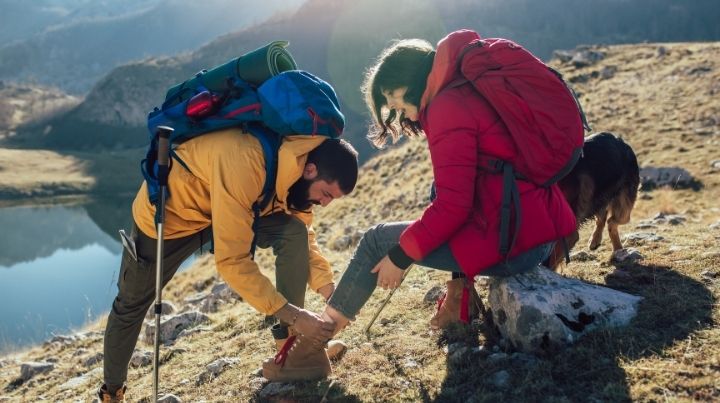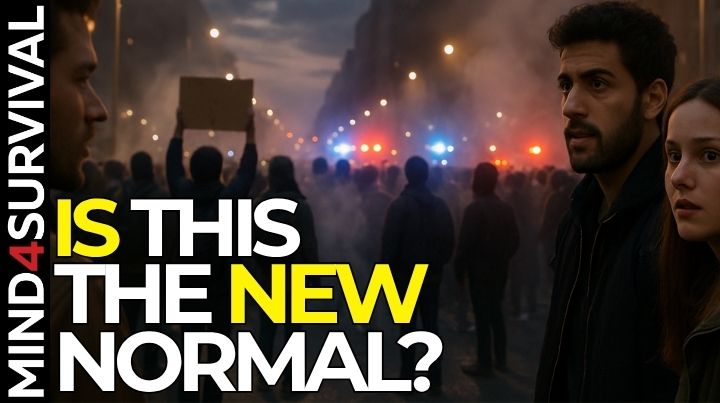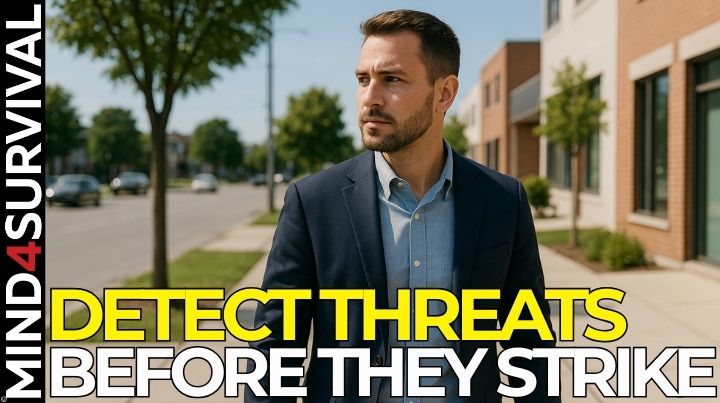M4S 009: What Is Wilderness First Aid?


Podcast: Play in new window | Download
What is Wilderness First Aid?
You may know regular first aid, but what is wilderness first aid? It's a set of skills that will serve you well when medical help could be hours, or even days, away. Wilderness first aid requires a mindset of self-confidence, calmness under pressure, and the belief that you can do it.
What is Wilderness First Aid in Comparison to Urban Medicine
An ambulance with trained paramedics and appropriate equipment can be at your house within minutes in urban settings. The paramedics then transport the severely ill or injured person to the hospital. There, the patient is turned over to doctors and nurses, often in less than an hour from the time of injury or illness.
Wilderness first aid is totally different. In many cases of wilderness first aid, you're completely on your own in a setting that is anything but sterile. There, the fate of the ill or injured person (which can sometimes be you!) is totally in your hands and may remain so for hours or even days.
What Is Wilderness Medicine?
In remote and rural settings, help is hours, days, or even longer away. You may be the sole caregiver. There may be no one but you to save the life of yourself, a friend, or a loved one.
In addition to the lack of support, you may have to conduct extended field care. This means you will have to take care of the patient for a long time.
When doing this, you will have to monitor, assess and reassess the injured person. It includes wound care, hydration management, and treatment with the supplies that you have on hand.
Prevention Is Your Number One Priority
Of course, prevention is the top priority of wilderness first aid. If nobody becomes injured, there will be no treatment needed.
Conduct a proper risk assessment to help prevent dangerous situations. When you identify a potentially risky situation, try to avoid it. When thinking about wilderness first aid, remember that avoidance is key!
Constantly monitor your environment. That means 360-degree observation, including up above you. When out in the woods, be careful of falling branches, wild animals, poisonous plants, and places where someone is likely to fall. Half of all hiking-related accidents are related to falling, as this person found out.
What is Wilderness First Aid Planning?
Be careful when responding that you don't put yourself in the same danger as the victim. Rather than rushing to help, take a moment to evaluate the situation. Then examine your planned response.
You may realize there are some flaws in your plan. Address those problems. Make sure you’re flexible and can think outside of the box. Sometimes creativity and ingenuity are critical to overcoming a dangerous situation.
What Is Wilderness Supply Gear That Is Essential?
Before heading out into remote areas, check your gear to make sure you have the things you may need to deal with an injury or illness while you are out. This article on hiking safety has some good tips. Your most life-threatening and debilitating priorities are most likely to be dealing with broken bones, sprains, burns, and blood loss, so pack accordingly.
Injuries likely to occur in the great outdoors are:
- Sprains
- Fractures
- Burns
- Cuts
- Head injuries
- Blisters
- Dehydration
Think about the items you'd need to treat the injuries above and pack those with you. Be prepared to think outside the first aid kit and use items found in nature to stabilize a patient, like a straight stick for a splint, for example.
When deciding what to put in your first aid kit, trauma bag, etc., think of PAWS.
- P – Prevent or Procedures
- A – Analgesics, Antibiotics, and Antiseptics
- W – Wound Care
- S – Survival Gear
Include items in your kit that address the issues noted in PAWS. Ultimately, the equipment you need will be dictated by the situation, environment, medical skill level, number of people, etc.
Wilderness First Aid Drills
Train like you fight. Fight like you train. By conducting realistic (within reason) training, you will be better prepared to act when the time comes.
Lose your inhibitions. Don’t be scared to touch somebody. If someone is sick or injured enough to let you touch them, they’re sick enough that they need you to do so.
As people improve their skills, increase the stress level of the training. Remove supplies, add twist and turns, race against time, etc. By doing so, people will become used to working under stress. They will become more successful when put in a real-life situation.
Play games with people to make training fun. The more you train while enjoying it, the better you’ll be when the time comes to act. Learn to do more with less. Include self-imposed restrictions on yourself. This increases stress, proficiency, and flexibility.
Not Sure What to Do When an Emergency Occurs?
Sometimes we can be overwhelmed by events. When that happens, stop and take a tactical pause. Take a deep breath and reassess the situation. Think of S.T.O.P.A.
This is very similar to your situational awareness process and thoughts using the OODA Loop. Don’t rush into a bad situation. If it’s urgent that you act, and make an educated guess when taking action.
- Stop
- Think
- Observe
- Plan
- Act
Lastly!
Stay calm!
The Bottom Line on What Is Wildnerness First Aid
Never stop learning and never be afraid to ask questions. Taking Wilderness First Aid Courses can help you regardless of your setting and are actually ideal for preppers since they focus on stabilizing a patient when help is not coming immediately.
NOLS has Wilderness Medicine courses and Wilderness First Aid courses available all over the United States and is approved by the United States Coast Guard. Also, check out the Kevin Reiter Wilderness Safty Institute.
Stay safe,

Related Articles
FREE Guide
Read the Best Seller
Join Mind4Survival
Stay informed by joining the Mind4Survival! 100% Secure! 0% Spam!
Affiliate Disclosure...
Mind4Survival is a free, reader supported information resource. If you make a purchase through our link, we may, at no cost to your, receive an affiliate commission.
Do You Want To Be Ready No Matter What?

Download our free 39-page guide with interactive, 7-Day Emergency Kit Checklist and take the first step toward real preparedness.
- Know exactly where to start.
- Save time and money.
- How-to build a complete Basic Emergency Kit.
- Level up your safety and security.
Join Mind4Survival
Stay informed by joining the Mind4Survival! 100% Secure! 0% Spam!






Are there any courses that don’t require a Covid 19 vax or flu shot? C-19 vax has such a bad rap now due to the millions of injuries & deaths worldwide which it has caused & the flu shot is problematic at best.